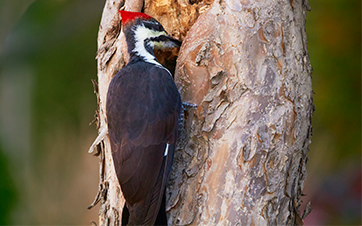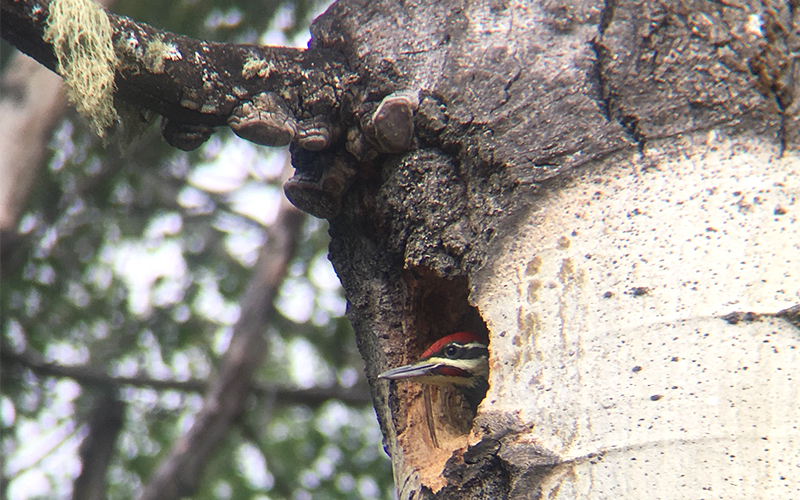 During the spring, more than 380 species of migratory birds begin to make their way back to their annual breeding areas across Canada. During this time, it is important to understand regulatory considerations and implications related to migratory birds including several species at risk.
During the spring, more than 380 species of migratory birds begin to make their way back to their annual breeding areas across Canada. During this time, it is important to understand regulatory considerations and implications related to migratory birds including several species at risk.
The Migratory Birds Regulations, 2022, which protect migratory birds and their nests, were recently modernized and came into force on July 30, 2022. The focus of the modernization included addressing issues such as lack of clarity and outdated language, recognition of Indigenous treaty rights, amendments to hunting rules to ensure sustainable harvest of migratory game birds, and new or revised permits. In addition, and of particular importance to development projects, the previous regulations had protected nests of all migratory birds even when not in use, resulting in many nests being protected when they no longer benefited migratory birds. The modernized Migratory Birds Regulations extend protection to nests when they have a high conservation value for migratory birds; in other words, nests of all migratory bird species are protected when they contain a live bird or a viable egg, which is generally during the nesting period. In addition, 18 species have been listed on Schedule 1 of the Migratory Birds Regulations.
For these 18 species, their nests are typically reused by secondary nesters and are therefore considered to have high conservation value, regardless of whether they are occupied or not. The nests of these 18 species are protected year-round and may be protected for several years after these nests are abandoned. Pileated woodpeckers are included on Schedule 1 and as a result, the trees that contain their nesting cavities are protected for 36 months following confirmation that the nest has been abandoned.

In addition to federal protection under the Migratory Birds Regulations, occupied pileated woodpecker cavity nests are also protected provincially in Alberta under the Wildlife Act. The Master Schedule of Standards and Conditions outlines a 100 m setback requirement for pileated woodpecker nesting sites depending on the type of activity and timing of the work; in particular, a 100 m year-round setback is required for nesting sites associated with activities that have a resource management risk ranking of ‘high’. Additionally, proponents have received direction from the Alberta Energy Regulator that pileated woodpecker roosting and feeding cavities are considered key habitat features and require a 100 m year-round setback based on conditions in the Master Schedule of Standards and Conditions.
Why is this important?
Nesting migratory birds, and the current regulatory context around pileated woodpecker nesting, roosting, and feeding cavities, can have implications for development projects. Advanced planning, including early identification of these features on the landscape in relation to project footprints, is key to preventing costly delays to project timelines, and ultimately contributes to the conservation of migratory birds and potentially species at risk.
How can Matrix help?
Matrix has extensive experience supporting proponents with their development projects during the migratory bird nesting period, and navigating the often complex and multijurisdictional regulatory framework. Our experience includes:
-
Advanced project planning, including early identification of pileated woodpecker habitat within a proposed development footprint.
-
Field identification of pileated woodpecker nesting, roosting, and feeding cavities using methods to assess cavity characteristics according to the Environment and Climate Change Canada Pileated Woodpecker cavity identification guide.
-
Recommendations and development of mitigation approaches.
-
Preparation of waiver, variance, and permit applications through various regulatory jurisdictions (i.e., AER, EPA and ECCC).
More information
Matrix presented a webinar in February 2023 focused on provincial and federal regulations pertaining to migratory birds and mitigation approaches that can be implemented at different intensities and scales.
Learn more about Matrix’s Environmental Sciences and Planning expertise.
Contacts
Delanie Player, Principal Wildlife Biologist
Noemie Jenni, Senior Wildlife Ecologist

